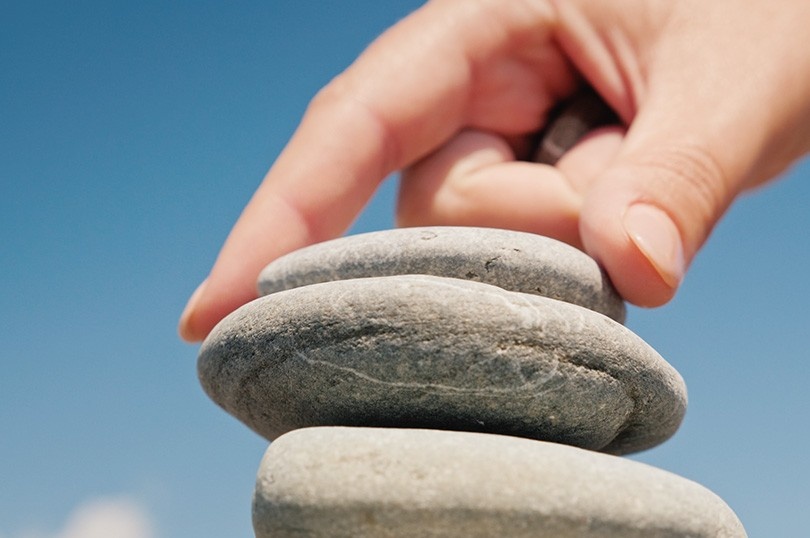LiBaS‑ Life Balance

PhD-student:
Jacqueline Leenders
Study Team
PI: Dr. Edith Cup
Co-Investigators: Jacqueline Leenders MSc, Dr. Esther Steultjens, Dr. Tanya Packer
Study Summary
The Life Balance study, which is being conducted in The Netherlands, has two purposes:
1. Measuring Life Balance: Four dimensions of Life Balance can be distinguished: 1) Length, measured in time allocation to activities; 2) width, referring to the amount of activities and life roles; 3) depth, referring to the meaning of activities and life roles; 4) weight, which is the physical or mental burden of activities that people experience. Life Balance is subjectively defined by individuals in terms of how they chose to spend time in valued, obligatory and discretionary activities (Backman 2004). For people with chronic fatigue due to a disease, finding a new balance in what they can do and want to do can be a struggle. Too much and too many strenuous activities can lead to overload and exhaustion, but too few meaningful activities can lead to an imbalance as well.Although Life Balance is a complex construct, we have made promising progress in measuring the various aspects of Life Balance. The measurements under study are: The Activity Calculator (AC), the Activity Card Sort (ACS-NL (18-64)), and the Occupational Balance Questionnaire (OBQ11-NL). For these instruments reliability and validity will be studied.
2. A process evaluation of the Individual Managing Fatigue intervention delivered by community based Occupational Therapists is also being conducted as part of this study.
Funding Source
This project is funded by the Prinses Beatrix spierFonds (PBSF)
